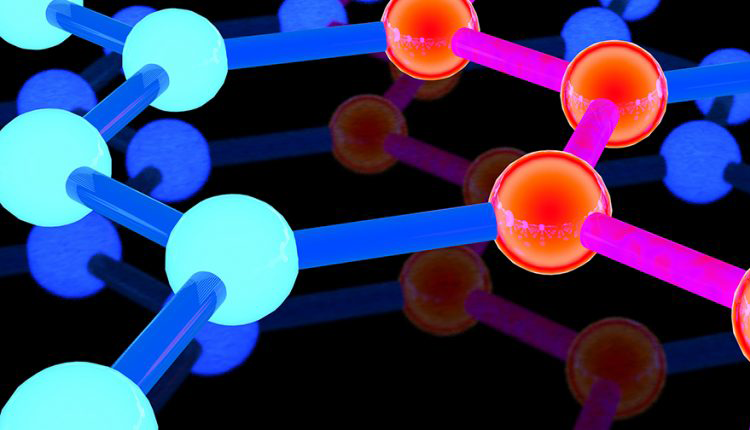By: Cynthia Macdonald
30 May, 2018

But what happens when those electrons sail smoothly through a solid, with no resistance at all? This is superconductivity: a condition in which electrons pair up like partners in an orderly waltz. Superconductor technology has so far given rise to the MRI machine, and to levitating trains that run on magnetized tracks.
Yet if properly harnessed, superconductivity holds the promise of much more, especially in the area of energy conservation. The process can pack a great deal of electric energy into very thin cables, with limited dissipation as the current flows. And because global power usage is predicted to almost double over the next four decades, superconductors would be a huge boon to the environment.
So why isn’t this amazing technology used more often? Until relatively recently, although several materials have been discovered to exhibit the property, they had to be cooled to an extremely low temperature — a process that was expensive and impractical. That’s why quantum physicists have been working tirelessly to find new materials that will not only exhibit superconductivity, but do so at ever higher temperatures. That way, the technology can be more workable and widespread.
At the University of British Columbia, Andrea Damascelli — CIFAR Senior Fellow and Scientific Director of the Stewart Blusson Quantum Matter Institute — has been teasing superconductivity out of an increasing variety of materials. Three years ago, his research group took a single layer of graphene and “doped” it with lithium, managing to corral the material’s electrons into pairs.
“We are developing materials nature doesn’t offer us, and doing it in a very delicate and controlled way: depositing a few atoms in ultra-high vacuum onto a surface,” he says.
In order to find the best materials, Damascelli is also seeking a better understanding of how superconductivity occurs. This year, his lab made a huge step forward in this respect.
We are developing materials nature doesn’t offer us…
Using a laser-based technique called time-resolved photoemission spectroscopy, and pushing the superconducting condensate out of equilibrium with an ultrashort pump pulse, postdoctoral fellow Fabio Boschini took a series of ultrafast snapshots to follow the re-emergence of superconductivity with a probe pulse on cuprates (copper-based archetypal superconductors.) “Ultrafast” is actually an understatement here: each snapshot lasted a few femtoseconds, or quadrillionths of a second.
For superconductivity to occur, electrons have not only to be paired: these pairs, known as Cooper pairs, must be arranged in a single macroscopic quantum phase, a condition known as phase coherence. And in order to discern which microscopic phenomenon prompts the action, these factors have to be disentangled from one another.
“By using ultrafast electron spectroscopy, in our ‘pump-probe’ experiments we were able to see that the onset of phase coherence is the primary mechanism,” says Boschini.
“It is a challenging endeavour,” adds Damascelli. “Fabio and our team had to generate laser pulses of specific frequency in the very ultraviolet regime and manipulate their time structure to a high degree of accuracy, in order to monitor these ultrafast timescales.”
Recently published in Nature Materials, this most recent work from the new UBC-Moore Centre for Ultrafast Quantum Matter represents yet another step on the journey to understand how superconductivity emerges, and to discover new materials and techniques that will enable it. It’s a journey that has so far seen over 200,000 publications, and been the reason for no less than six Nobel Prizes.
The discovery was a highly collaborative effort (in this case, between Damascelli’s lab and those of his colleagues David Jones at UBC and Claudio Gianetti in Brescia, Italy).
“We are just at the beginning of our journey to explore the exotic dynamical behaviour of quantum materials,” Damascelli says. “Our ultimate goal is to understand and control the fascinating properties of high-temperature superconductors and other quantum materials.”
Notifications